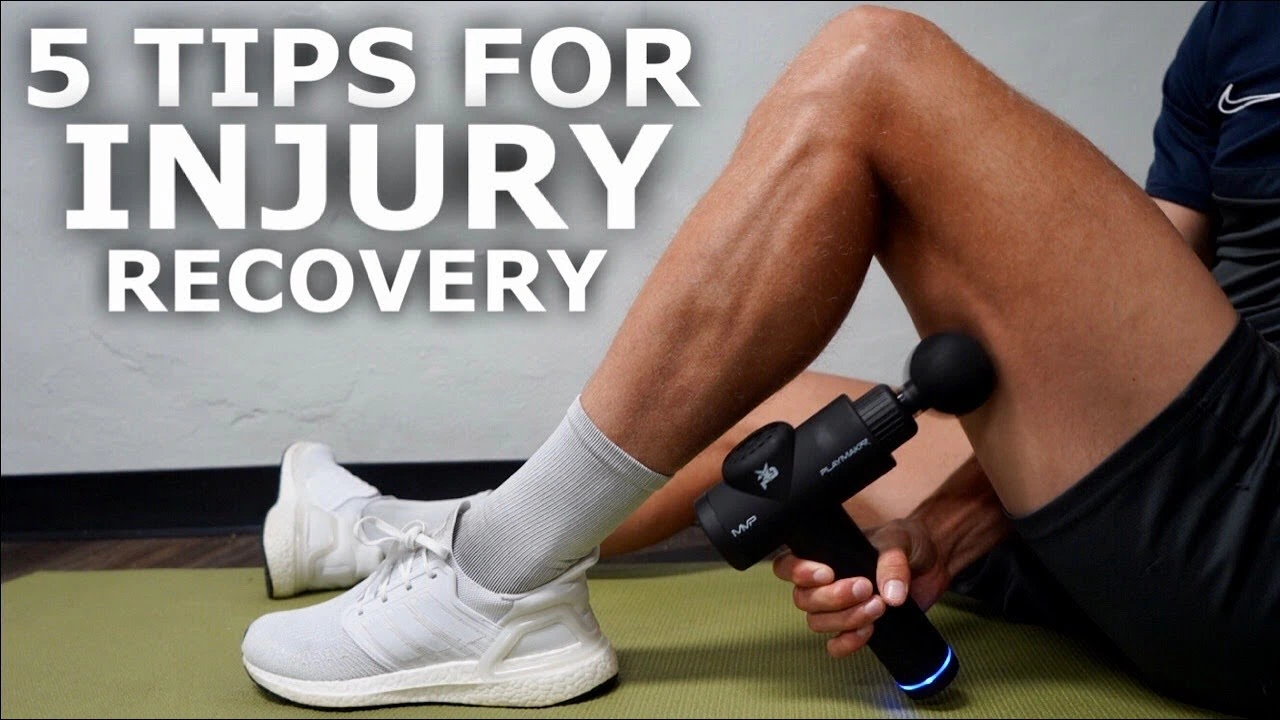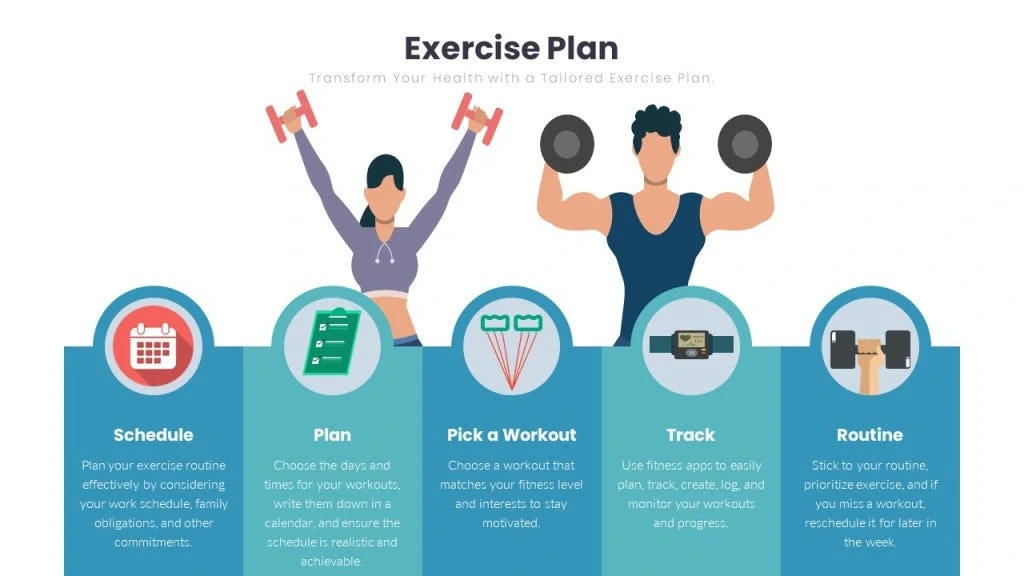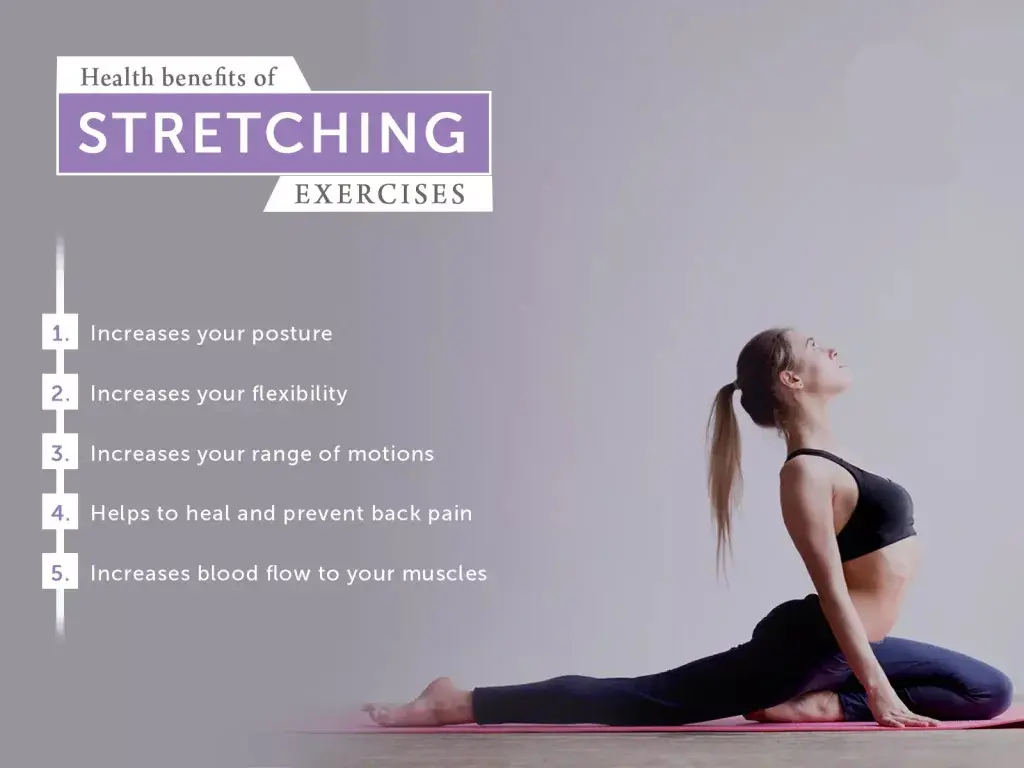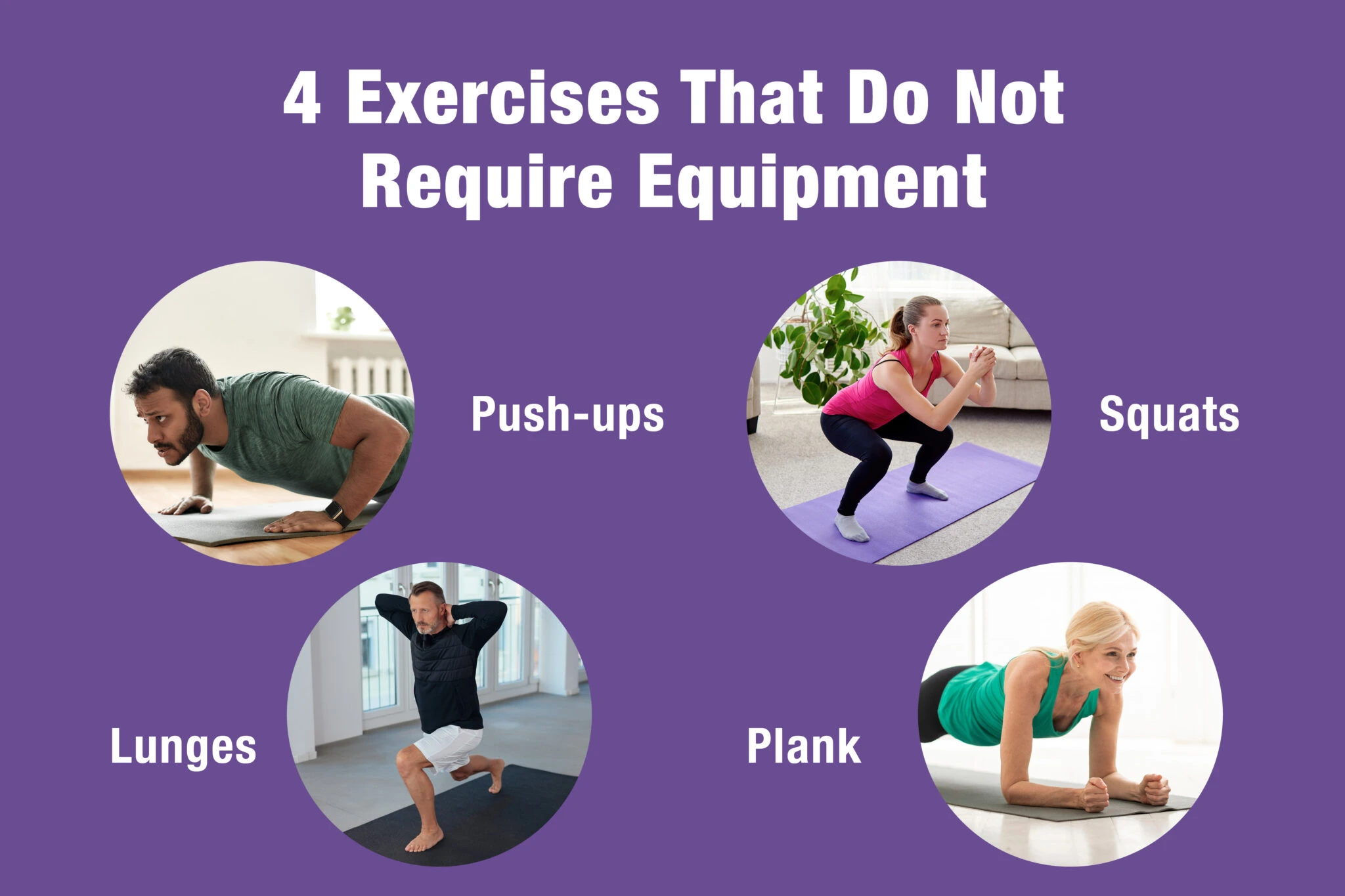Does life feel like a constant balancing act between work, family, and personal time? You're not alone. Fitting a workout into an already packed week can feel nearly impossible. But creating a weekly routine that truly fits your schedule is possible. With the right approach, you can stay active and healthy without dedicating hours each day.
So let’s talk about building a weekly workout routine that’s practical, flexible, and most importantly, sustainable. By focusing on different types of workouts, you can make every minute count—even on your busiest days.
Why a Balanced Routine Matters (Yes, Even When You’re Busy)
When life gets hectic, exercise is often the first thing to go. But the benefits of working out, like increased energy, better sleep, and stress relief, are especially valuable during busy times. A balanced weekly routine can include:
- Strength Training: Keeps muscles strong and improves bone health.
- Cardio Workouts: Boosts heart health and endurance.
- Flexibility and Mobility Exercises: Reduces risk of injury and helps with recovery.
- Endurance Workouts: Increases stamina and helps with daily activities.
If you can allocate just 20–30 minutes a few days a week, you’ll start to feel these benefits pretty quickly.
Creating Your Weekly Workout Schedule
The key is building a workout plan that doesn’t feel overwhelming. Let’s look at how you can fit in each type of exercise and some ideas for workouts that won’t take up too much time.
Monday: Strength Training (20-30 mins)
Strength training is essential, but you don’t need a gym. At-home bodyweight exercises can be effective and are easy to fit into a busy schedule.
Suggested Workout:
- Squats: 3 sets of 10-15 reps
- Push-ups: 3 sets of 10-15 reps
- Plank: 3 sets of 30-60 seconds
- Lunges: 3 sets of 10-15 reps per leg
Focus on using proper form over speed. You might be surprised by how challenging (and effective) these simple exercises can be.
Wednesday: Cardio (25 mins)
A quick cardio session can boost your energy and help clear your mind. No time for a long run? That’s okay! Try a high-intensity interval training (HIIT) session.
Suggested Workout:
- Jumping Jacks: 1 minute
- Mountain Climbers: 1 minute
- Rest: 30 seconds
- Repeat 3-4 times
HIIT is perfect for squeezing a lot of movement into a short period. Just 20-25 minutes, and you’re good to go.
Friday: Flexibility and Mobility (15-20 mins)
Mobility exercises keep your joints healthy, prevent injury, and aid in recovery. Doing a few quick stretches can make all the difference in your body’s range of motion and flexibility.
Suggested Routine:
- Cat-Cow Stretch: 1 minute
- Downward Dog Stretch: 1 minute
- Seated Forward Fold: 1 minute
- Hip Flexor Stretch: 1 minute on each side
- Child’s Pose: 1 minute
These gentle stretches are ideal for releasing tension and keeping your body ready for your next workout.
Sunday: Endurance Training (30-40 mins)
Endurance doesn’t mean long, intense workouts; it’s about building stamina to feel more energized and handle physical tasks. Take a brisk walk, go for a bike ride, or do a light jog.
Suggested Workout:
- Steady-State Cardio (walking, jogging, cycling): 30-40 minutes at a comfortable pace
Sunday workouts are all about getting moving and enjoying it. You might find it becomes a part of your weekly routine that you actually look forward to.
Extra Tips for Making Your Workout Routine Stick
- Set Reminders: Block time on your calendar for workouts, just like you would for a meeting.
- Find What You Love: If you hate a workout, try something different. There’s no “one right way” to exercise.
- Celebrate Wins: Even if you only do half the routine, you’re still moving forward.
Final Thoughts
Fitting exercise into a busy schedule isn’t easy, but it’s possible. By setting small, realistic goals and focusing on consistency over intensity, you can make working out a part of your weekly routine without feeling overwhelmed. Remember, it’s all about finding balance and doing what works best for you.








